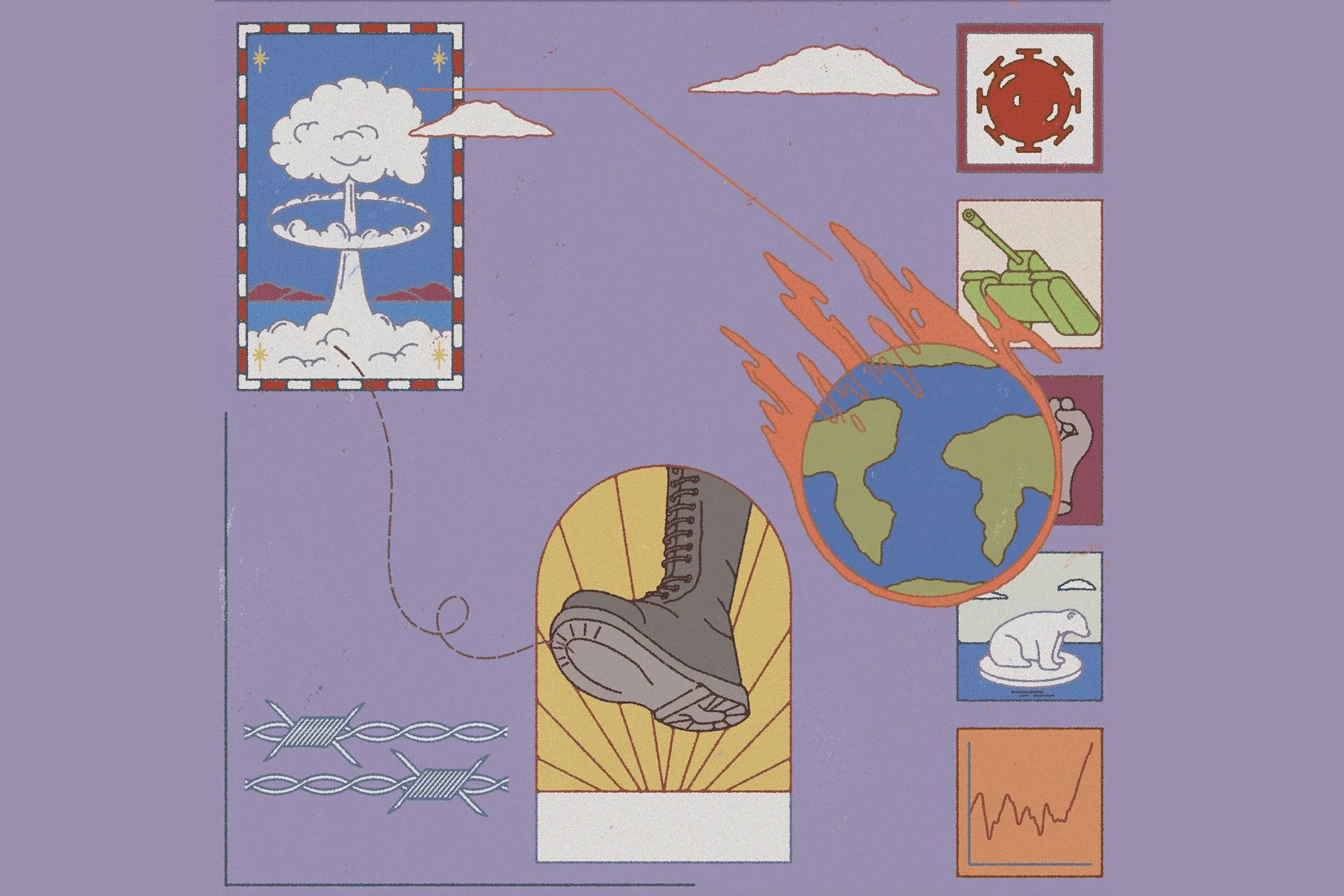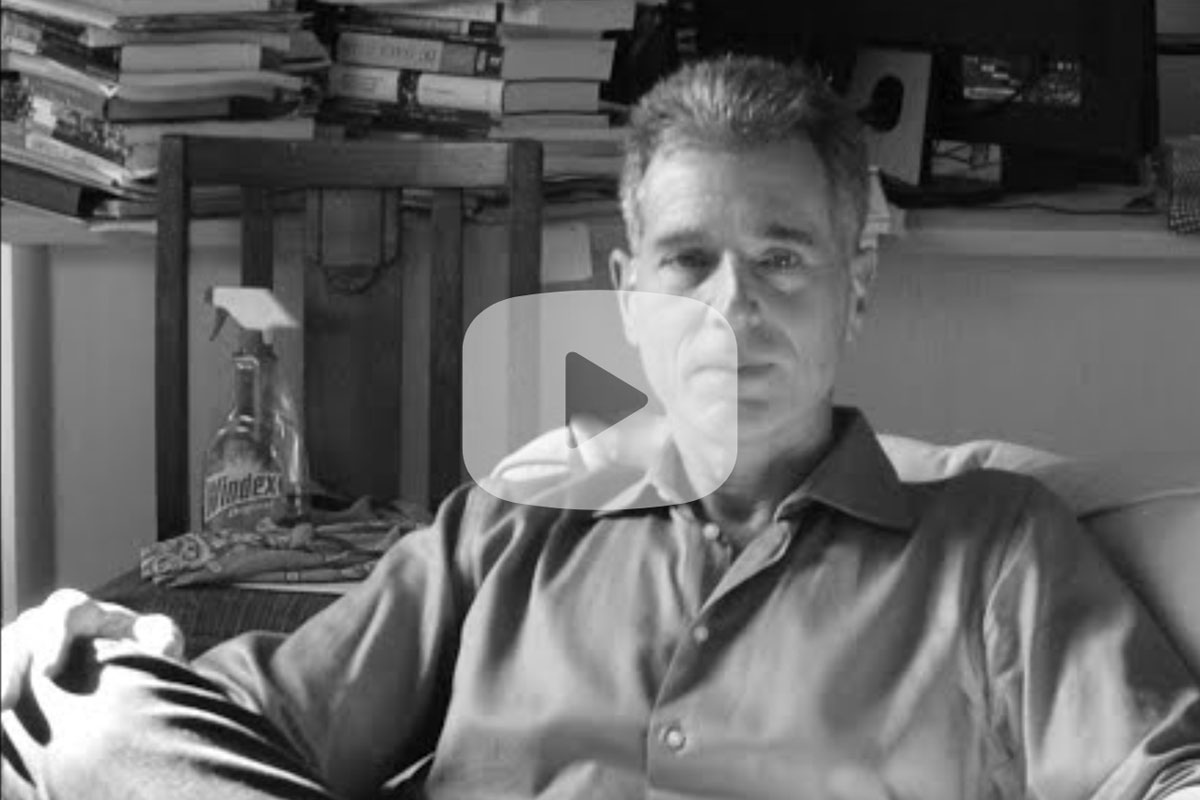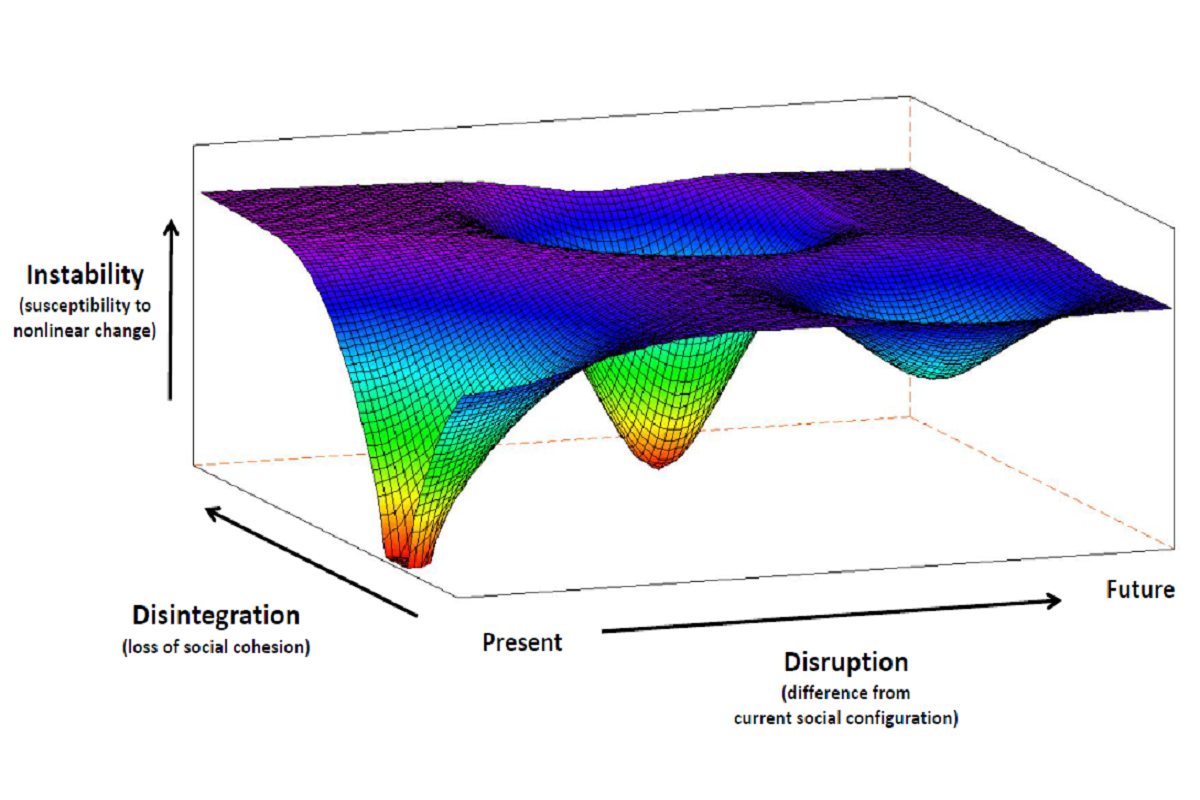Globe and Mail, July 3, 2001
by Thomas Homer-Dixon
Recently, the writer Ken Wiwa argued in this space that we shouldn’t worry too much about the loss of the world’s linguistic diversity. A recent study by the Worldwatch Institute, he reported, reported that half the world’s languages may soon disappear; especially vulnerable are those indigenous tongues spoken by only a few thousand people. This prospect has raised widespread alarm, because it’s generally thought that language and culture are closely related. So, when we lose a language, it’s assumed, we lose the associated culture.
But according to Mr. Wiwa, aggressive efforts to preserve the world’s cultural diversity by preventing extinction of languages are pointless, even counterproductive: the world is simply changing too fast to “freeze languages in time.” Indeed, the astonishing success of English shows that languages can only survived by adapting, by appropriating aspects of other languages, and by remaining entirely open to outside influences.
There is much that’s right about Mr. Wiwa’s argument – certainly, a language will die if it’s so constrained by protections that it can’t adapt. (To be fair, though, few people really advocate freezing languages in their current state; they simply hope to keep them from disappearing entirely.) But his more general point – that the loss of the world’s languages isn’t a matter of grave concern and that we shouldn’t do everything we can to slow the process – is almost certainly wrong. And it’s wrong for reasons not widely understood or voiced within the public debate surrounding issues of cultural and linguistic diversity.
Why be concerned about loss of this diversity? Maybe it doesn’t really matter very much to the rest of the world if one language and its culture are lost, or two languages, or even a dozen for that matter. But if we lose half the languages on the planet – even if most of them are only small, marginal languages, spoken by people in faraway places – we will start to compromise the health of human society more generally. The reason is straightforward: complex systems – systems with lots of internal diversity – tend to be more resilient than simple ones. They tend to be better at absorbing and coping with unexpected surprises and external shocks, because their diversity represents a reservoir of information, adaptive strategies, and alternative behaviors that’s available if dominant strategies and behaviors suddenly don’t work for some reason.
Some of the best work on this issue has been in the field of ecology, which deals with relations between Earth’s myriad organisms and their natural environments. For ecologists, a complex ecosystem – say, an expanse of wild prairie grassland – is one that has a wide variety of species performing many different functions and linked by many types of causal relations. These species range from bacteria in the soil that take the atmosphere’s nitrogen and turn it into a form usable by plants, to birds that feed on harmful insects. A complex grassland will also encompass many different kinds of plants – like various grains, woody shrubs, tubers, and succulents – often mingled together in chaotic profusion.
Ecologists have long studied the relationship between such ecosystem complexity, on the one hand, and ecosystem resilience, on the other. Until the 1990s, mathematical models had convinced most ecologists that greater complexity increased the risk of sharp, sudden changes in ecosystem behavior – say, the sudden disappearance of certain types of bird or plant. But more recent field research has shown that, in general, the greater the diversity of species in an ecosystem, the greater the system’s productivity, stability, and resilience. And better mathematical models have reinforced this conclusion that complexity stabilizes ecosystems.
For us, the problem with such complex systems is that they are difficult to manage in a way that produces the maximum amount of the things we need. We want our grasslands to grow food in large, constant amounts. So we bring out our plows and convert our grasslands into fields growing a single type of grain. With their neat furrows and long, orderly lines of plants marching across the land in lockstep, these agricultural systems are simpler, more transparent, and so more easily “managed” in an engineering sense. But they are also often more brittle – that is, they are less resilient when they encounter an external shock of some kind: a new blight or pest can sweep like wildfire through fields planted with the same crop. Human beings have ordered their landscapes and simplified the ecosystems around them since time immemorial, but today our huge populations and extraordinary rates of resource consumption are reducing ecosystem redundancy and diversity as never before. We are, in fact, homogenizing our ecosystems on planetary scale, turning forests and prairies into monocrops of trees and grain, paving across wetlands for subdivisions and malls, and replacing our depleted fisheries with aquaculture pens.
We’re doing the same thing with our languages and cultures. Linguistic and cultural differences are barriers to trade and profit; global capitalism needs a simpler, more transparent, and more manageable environment for its business. And people around the planet – from remote, rural villages to the world’s great megalopolises – want to participate in this global economic system and share its fruits. So, from the top down and the bottom up, people are working to dismantle the barriers between them. Two of the main tools for this dismantling process are English and the Western culture English carries with it.
But as we relentlessly homogenize the cultures on the planet, we risk creating a global monoculture. And just as a blight or a pest can sweep in a flash across fields of genetically identical corn or wheat, so can a political or social blight, such as a virulent form of nationalism or bigotry, sweep through the global monoculture. Also, a simplified, uniform global culture will inevitably have less diversity of ideas and ingenuity that can help us cope with the great challenges we’re facing, like climate change and widening gaps between rich and poor people around the world.
Maybe Ken Wiwa’s Ogoni people along the Nigerian coast has developed and nurtured, through countless generations of life and labor, a way of looking at the world, or a set of values perhaps, that can help the rest of us understand ourselves and solve our problems better. Or maybe the values and outlooks of indigenous peoples in general can tell us something important. I despair for a world in which the cultural knowledge of indigenous peoples is lost, just as I despair for a world in which much of the genetic information contained in Earth’s diverse ecosystems is lost.
We should be concerned about the loss of the world’s cultural diversity for the same practical reasons that we’re concerned about the loss of the world’s biodiversity. Our global society will be less resilient and more vulnerable without one, just as without the other.






